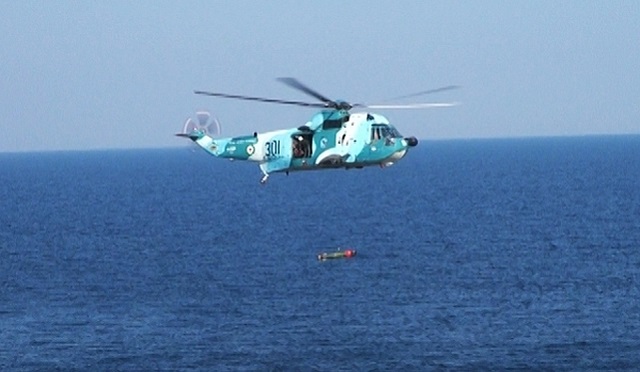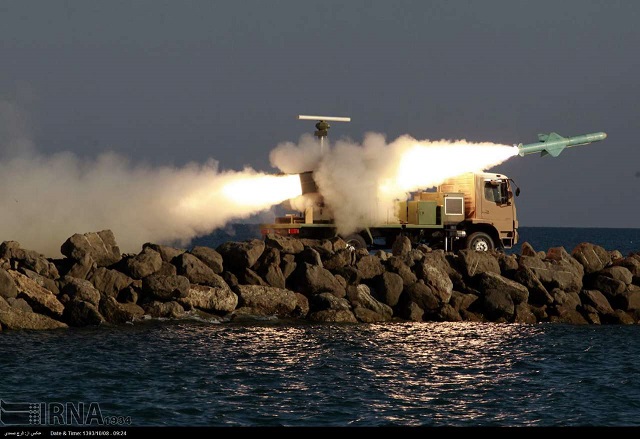 |
|||
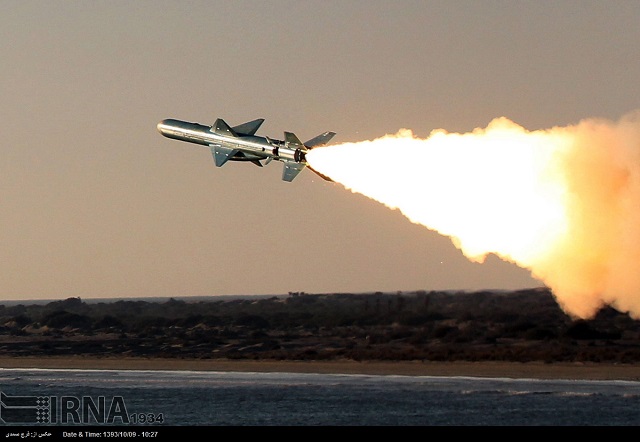 Noor anti-ship missiles are launched from mobile coastal batteries during the large scale exercise |
|||
The
Iranian Naval forces successfully fired its Noor and Nasr anti-ship missiles
on the fifth day of the Mohammad Rasoulallah drills in the Southern and
Southeastern parts of the country. The Nour and Nasr missiles are based
on Chinese designs. The Noor, also known as the Nour, is based on China's C-802 missile. An Iranian Navy officer said the Noor missile to be fired "has been improved with its anti-radar and targeting system," according to ISNA. An Iranian Nour missile was reportedly used by the Iran-linked Hezbollah militia in Lebanon to disable an Israeli warship during a 2006 conflict. The Nasr anti-ship missile is based on China's C-704 missile and has a range of 35 kilometres (22 miles). Iran has them mounted aboard patrol boats. |
|||
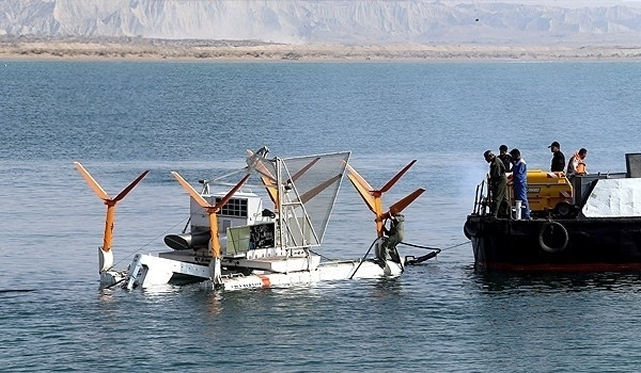 The Iranian Navy on Sunday launched its newly-developed mine laying and sweeping system |
|||
On the fourth day of the drills, the Iranian Navy rolled mines in the
Sea of Oman and the area where the exercises are staged to prevent hypothetical
enemies' infiltration into the territorial waters. After rolling the mines,
the Iranian Naval forces defused them using minesweeping RH helicopters
to provide security for the cargo ships and oil tankers and keeping the
shipping lines open. The Navy's new integrated mine laying and sweeper
system was then unveiled in a ceremony participated by Navy Commander
Rear Admiral Habibollah Sayyari. As regards the systems' ability to defuse
different types of mines, including acoustic, limpet (also magnetic) and
pressure-activated mines, Jarreh stated, "We are using specific
minesweepers for defusing each type of mines, but these systems can clear
one or two types of naval mines simultaneously." |
|||
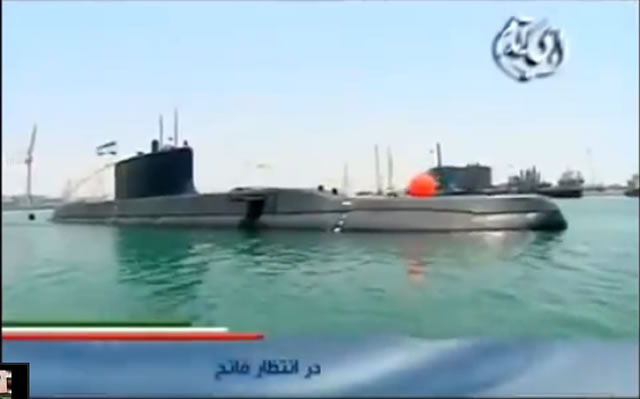 Iran's Fateh class submarine |
|||
According
to FARS News, the Iranian Navy is due to launch its new home-made submarine,
'Fateh', in the coming stages of the Mohammad Rasoulallah joint maneuvers
underway in the Southern waters of the country. "The Fateh submarine
will go under operational testing during the present drills by the Navy,"
Navy Commander Rear Admiral Habobollah Sayyari told reporters on Saturday.
Noting that Fateh which is the new generation of Iran's submarines has
not been launched officially yet, he said, the vessel will be tested in
operation during the current exercises. Fateh (Conqueror) is an Iranian designed class of semi-heavy submarines. The Iranian media reported that Fateh class subs can operate more than 200 meters below the sea surface for nearly five weeks. According to satellite imagery first boat of the class was launched in 2013 and a second one is under construction at the Bandar Anzali Naval Base on the Caspian Sea. The Fateh could be an improved version of the existing 29-meter Ghadir class that the Iranians have been building for years. Iran announced in April 2013 that it had increased the power and efficiency of the missiles and torpedoes mounted on its newly-made Fateh submarines. "Naturally, the power of Fateh's missiles and torpedoes are more than Qadir (class) submarines (which are equipped with sonar-evading technology and can fire missiles and torpedoes simultaneously)," Lieutenant Commander of the Iranian Navy Rear Admiral Gholam Reza Khadem Biqam told FNA at the time. |
|||
|
FARS News Footage showing the Iranian Navy Fokker 27 MPA warning U.S.
Navy destroyer USS Gridley (DDG 101) during the large scale exercise |
|||
The
above footage shows that during the joint exercise, On Dec. 28, an Iranian
Navy Fokker 27 Maritime Patrol Aicraft (MPA) conducted several low-level
passes above U.S. Navy Arleigh Burke-class destroyer USS Gridley (DDG
101). FARS News later published a story explaining that: Two US warships approaching the area where Iran's massive Mohammad Rasoulallah drills are underway left the region after receiving warnings from the Iranian Naval forces. The Iranian Navy warning made the US and other alien warships leave the region to avoid possible confrontation. |
|||
Iranian Navy Testing its Latest Systems during Large Joint Exercise
- Posted On





